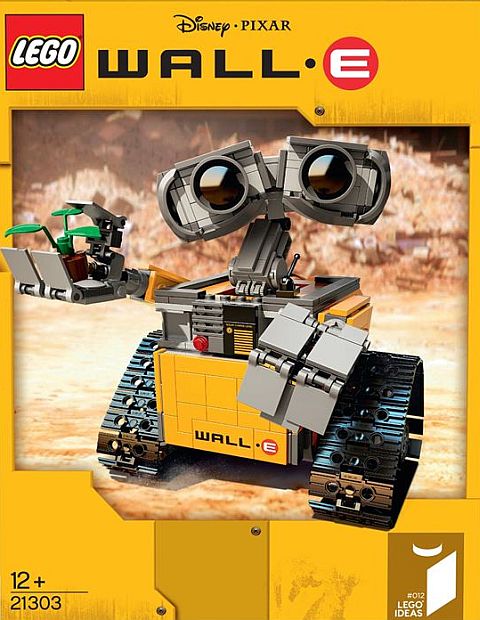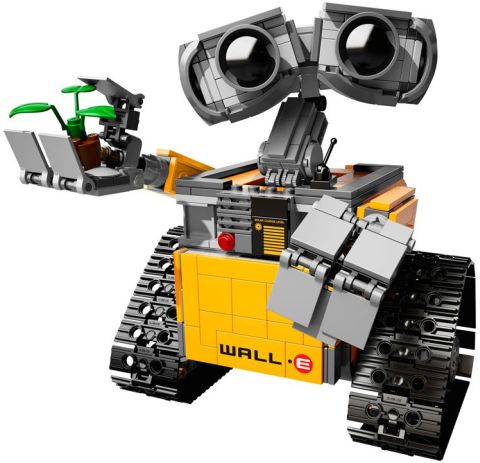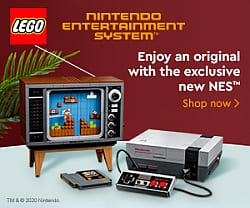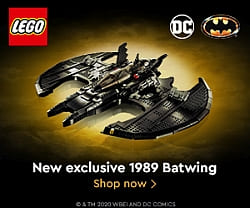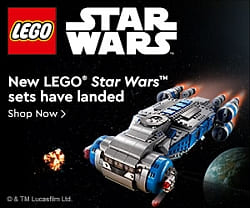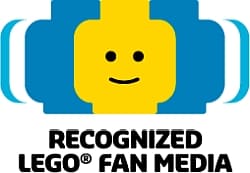We haven’t talked about the LEGO Minecraft sets recently, however I found a series of fun videos by LEGO that I thought to share with you. Each of these stop-motion videos feature a little action-scene for the current LEGO Minecraft sets. A nice way to bring the sets alive. 🙂

You can watch all the LEGO Minecraft videos in the player below. The first video features the #21113 LEGO Minecraft The Cave set, with Steve minding his own business unaware that a zombie and spider is just about to attack him. The second video features the #21114 LEGO Minecraft The Farm where Steve is busy growing his garden, but underestimates the skeleton hiding behind the trees. The third video features the #21115 LEGO Minecraft The First Night set, with Steve busily building his house while he keeps being interrupted by a creeper. The last video features the #21118 LEGO Minecraft The Mine set with Steve ending up in a frightening ride underground…
Cute stop-motion videos, aren’t they? We have reviewed the LEGO Minecraft sets previously (see links at the end of this post), but the videos are a good reminder how much fun these sets can be. One feature I particularly like is that the elements are almost all basic bricks and plates rather than specialized pieces, so they are excellent for free-building. They are quite similar to the LEGO Classic brick-boxes in this regard, but with a more earth-toned color selection. There are currently six LEGO Minecraft sets available, with more coming later this summer. If you are interested you can check them out at the Online LEGO Shop.

So what do you think? How do you like these LEGO Minecraft stop-motion videos? And what do you think of the sets? Do you have some of them already? Which one do you like best? Feel free to share your thoughts in the comment section below! 😉
And you might also like to check out the following related posts:


